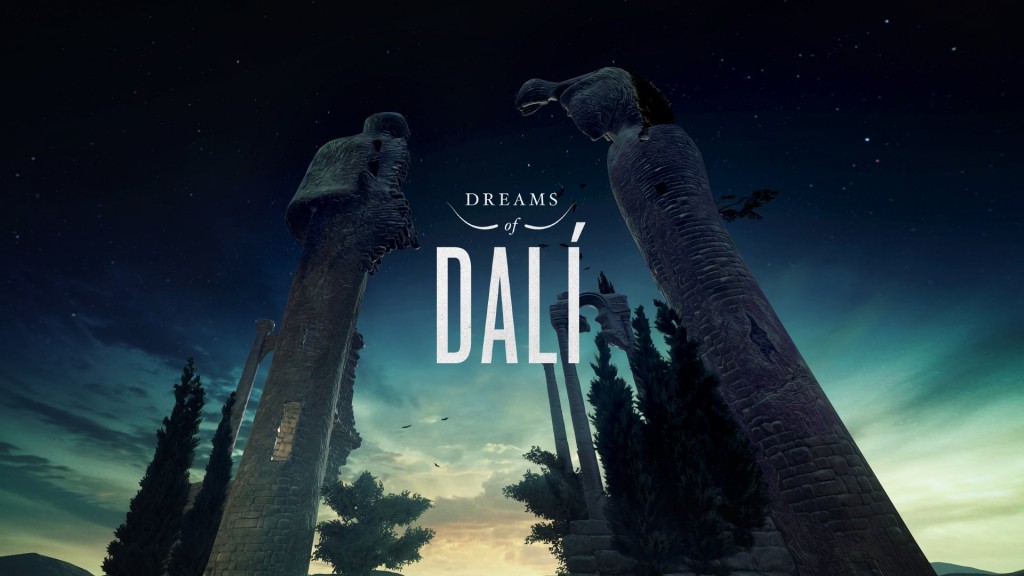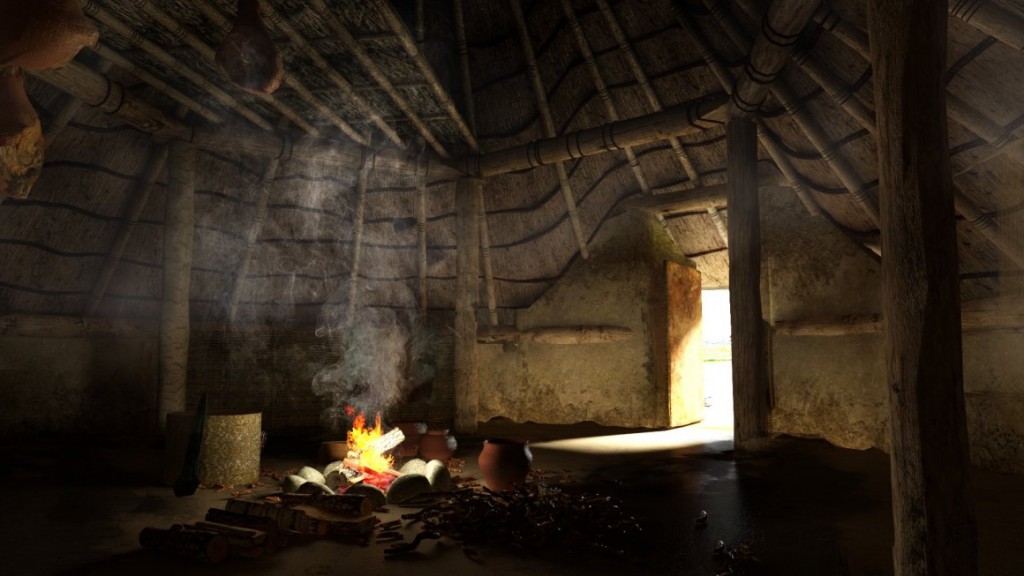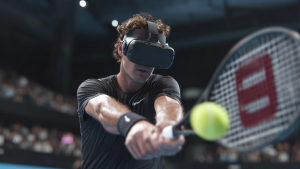How Virtual Reality is Being Used in Museums
Education | May 6, 2016
Important: Bring Virtual Reality to your museum →
While a trip to the museum might have sounded like a bore many years ago, today’s museums are interactive environments that encourage engaging with the material and bring history to life. Many museums are even becoming destination locations for singles and families on vacation. One medium that museums are using to create more dynamic, interesting exhibits and displays is virtual reality.

Dreams of Dalí: 360º VR Experience
Entering Art
Read also: Step into a painting with Woofbert VR
An exciting new way that virtual reality is being used in museums is through the experience of entering actual art. Visitors may adorn themselves with a virtual reality Oculus Rift headset and enter a Salvador Dali painting to experience it in a brand new way.
In a partnership between Disney and the Salvador Dali Museum, patrons are now able to “walk through” a painting in a way that Dali probably never considered when he created his surrealist art. The technology is not limited to patrons, however. Anyone too far from the museum can still experience it online by logging onto the Salvador Dali Museum website.
Rides and Roller Coasters
What better way is there to get children to attend a museum field trip than to offer them carnival rides, roller coaster adventures and other fun action packed experiences? With virtual reality, students can now experience all of these things and more. Whether visiting the Barbie Museum or the Alf Engen Ski Museum, patrons can now feel as if they are on the ride of their lifetime from the comfort of a chair and headset. Science Centers, zoos and other learning environments are including virtual reality rides as part of their attraction lineups not only to attract more customers but to also offer up a new way to learn.
Personal Interaction
Learning about deceased presidents, Native Americans and artists can be a dry experience, especially with a lackluster tour guide. Learning about them from their own words spoken directly to you is another experience altogether. Through virtual reality, museum visitors can experience personal interaction with persons throughout history.
Individuals can also interact with environments and historical artifacts, such as the Bronze Age exhibit at The British Museum. Samsung Gear VR headsets are utilized to provide the experience to patrons. Visitors have been so moved by the exhibits that they often applaud at the end of the session.

British Museum’s first VR exhibit
Remote Viewing
Individuals who cannot be present in a brick and mortar museum are still able to view its wonders through virtual reality. Some museums are using the technology to allow people to visit their exhibits remotely using their smartphones and specific types of headsets, such as the Cardboard Headset that Google is providing for people who would like to visit the American Museum of Natural History from the comfort of their homes or from the classroom. The technology brings places to life that people may not have otherwise been able to visit.
As virtual reality programs continue to develop and advance every year, the span of these capabilities is likely to only grow. As more three dimensional galleries and exhibits become available to anyone with an Internet connection, more people will benefit from being able to sample culture and history without ever having to pay an admission fee or travel many miles.
Important: Bring Virtual Reality to your museum →
Subscribe to our newsletter
We write about the use of Virtual Reality for non-gaming applications.










